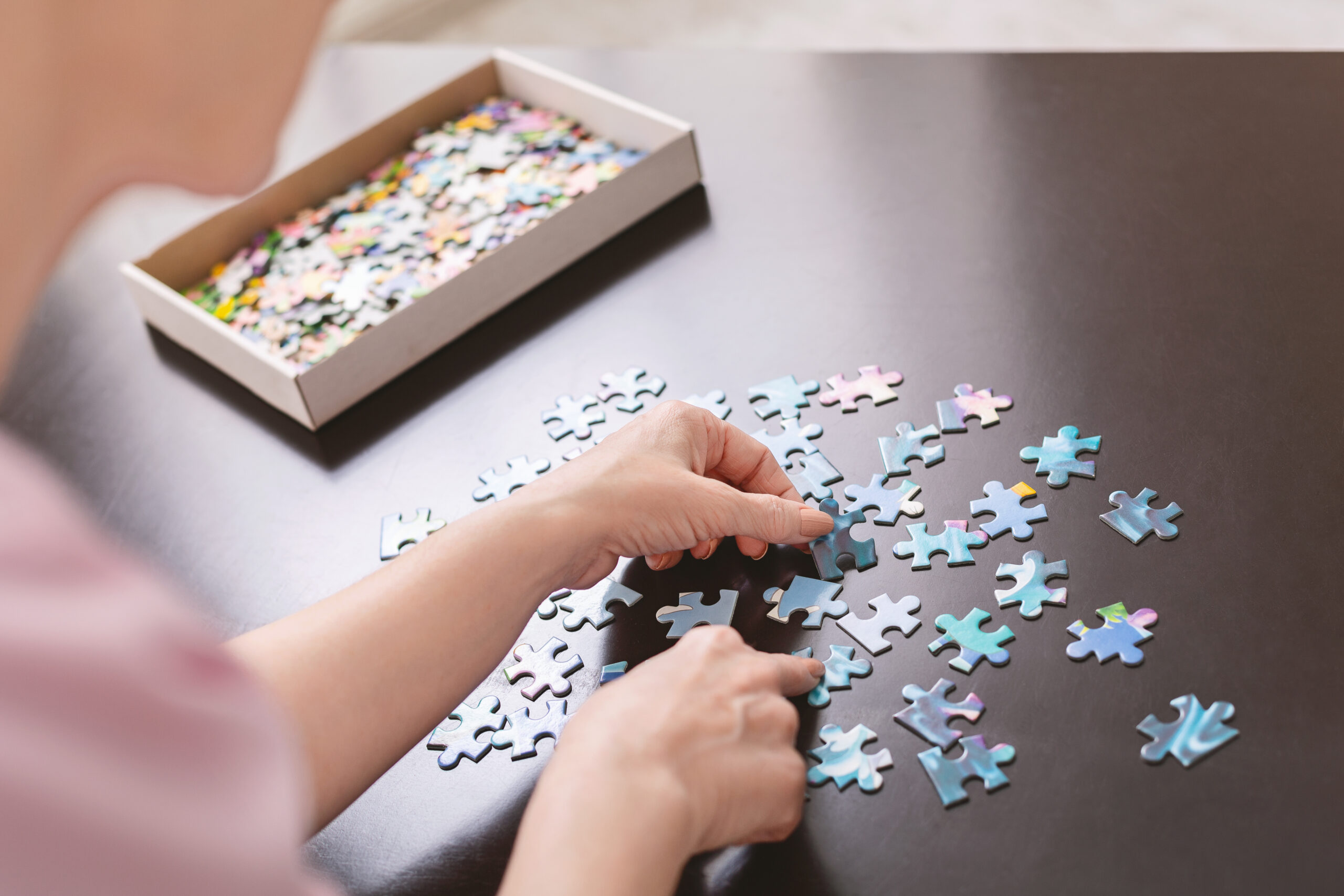How to Adapt a Living Space for a Dementia Patient with Mobility Issues
Adapting a living space for a dementia patient with mobility issues requires careful consideration to ensure safety, comfort, and independence. Here are some practical tips to help you create a supportive environment.
## Creating a Safe and Accessible Home
First, it’s essential to evaluate the home from the perspective of the person with dementia. This involves identifying potential hazards and making necessary adjustments to prevent falls and confusion.
1. **Clear Pathways**: Ensure that all floors are clear of clutter, rugs, and cords that could cause tripping. A plain, matte floor surface is best to avoid confusion about wet or uneven surfaces.
2. **Lighting**: Good lighting is crucial, especially at night. Use night-lights in hallways and near the bathroom to help the person navigate safely. Natural light during the day is also beneficial, so keep curtains open to allow sunlight in.
3. **Secure Furniture**: Ensure that all furniture is stable and secure. Avoid flimsy chairs that might tip over, and secure large pieces like bookcases and televisions to prevent them from falling.
4. **Bathroom Safety**: Install grab bars in the shower and by the toilet for support. Consider a walk-in shower with non-slip mats to reduce the risk of slipping. Ensure the water temperature is not too hot by setting the water heater to a safe level.
5. **Kitchen Modifications**: Place frequently used items within easy reach. Use appliances with simple controls and automatic shut-off features. Store sharp objects and cleaning supplies in locked cabinets.
## Enhancing Navigation and Memory
1. **Color and Contrast**: Use bold colors to highlight important features like handrails, doors, and furniture. This can help the person distinguish between different parts of the home.
2. **Visual Cues**: Label drawers and cabinets with pictures or words to help the person find what they need. This can be especially helpful in the kitchen and bathroom.
3. **Simple Signs**: Post clear signs indicating where common items are stored. Use picture aids to provide instructions for basic tasks like using appliances.
## Promoting Independence and Comfort
1. **Familiar Surroundings**: Encourage the person to bring personal items into their living space to create a sense of familiarity and comfort.
2. **Routine and Structure**: Establishing a daily routine can provide stability and comfort. This includes regular times for meals, activities, and rest.
3. **Outdoor Access**: If possible, create a safe outdoor space with secure fencing and easy pathways. This can be a calming and enjoyable area for the person to spend time.
By implementing these strategies, you can create a living space that supports the needs of a dementia patient with mobility issues, promoting safety, comfort, and independence.





